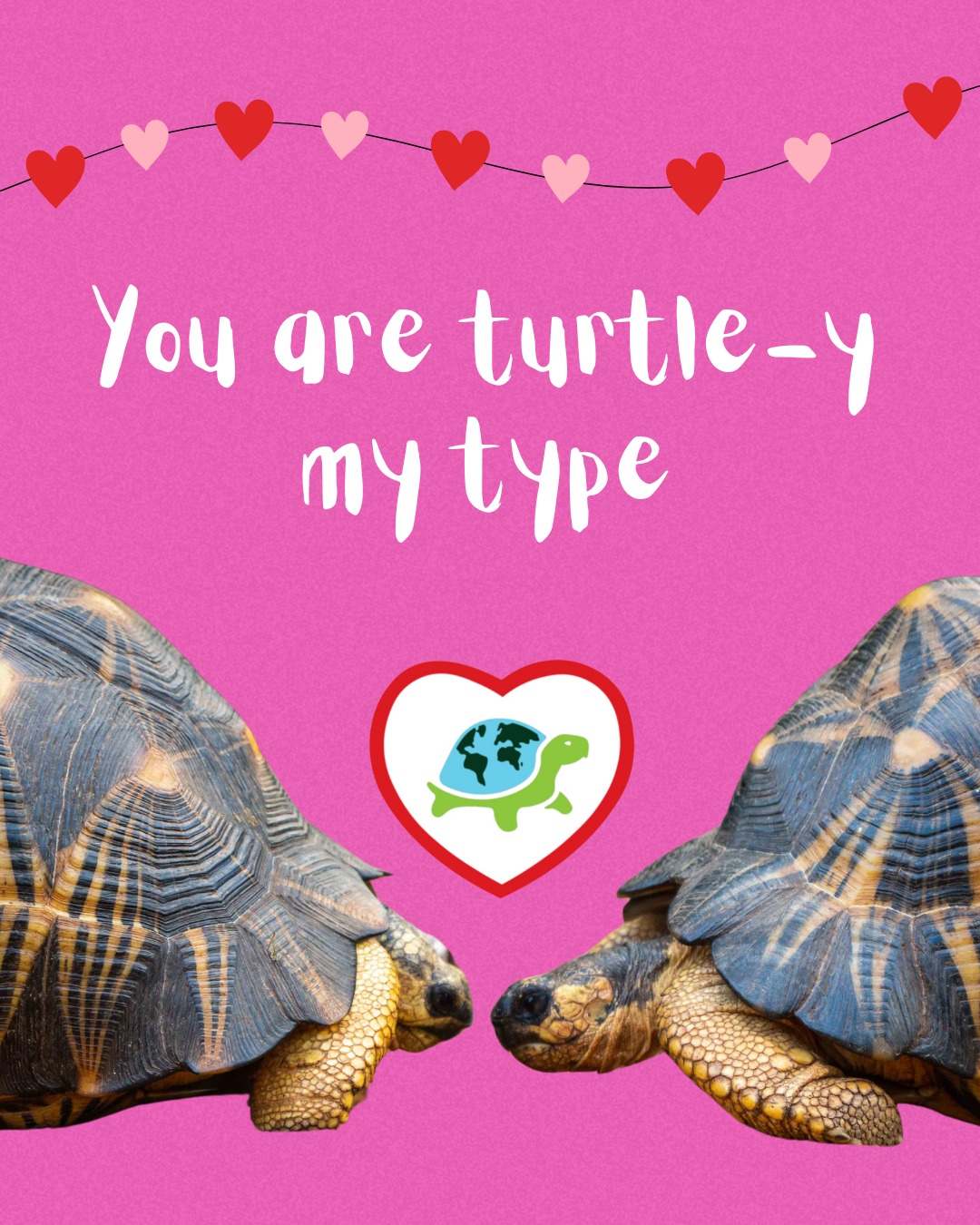- The significance of turtle-themed Valentine’s Day cards in wildlife conservation and education.
- Understanding the biology and behavior of turtles and their essential ecological roles.
- The role of zoos in turtle conservation and public education.
- How tagging and social media engagements can foster awareness about turtle conservation.
- The broader impact of public participation in conservation initiatives through creative engagement.
Turtles have long captured the imagination of people worldwide. Their gentle existence coupled with their critical ecological roles make them fascinating subjects not just for zoologists but also for the general public. Recently, the trend of sending turtle-themed Valentine’s Day cards has taken off. It serves a significant purpose beyond spreading joy—it promotes awareness about turtle conservation. By encouraging individuals to tag others in social media posts, the movement broadens the reach of educational messages about turtles’ ecological importance. Educating the public through engaging content is crucial for the conservation of these creatures.
The biology of turtles is intricate and remarkable. Turtles belong to the order Testudines, which are reptiles characterized by a bony or cartilaginous shell. Their anatomy perfectly suits their habitats, which range from terrestrial environments to the ocean’s depths. With over 300 species, turtles exhibit a variety of behaviors adapted to their respective surroundings. They play integral roles in their ecosystems, such as maintaining healthy seagrass beds and coral reefs and controlling jellyfish populations.
Turtles are often at risk due to habitat loss, climate change, and poaching. This makes their conservation even more critical. Scientific research shows the pivotal roles turtles play, indicating that even small declines in their populations can profoundly affect ecosystem health. Educating the public about their significance can drive efforts to protect these animals.
To further this educational goal, zoos play a crucial role in turtle conservation. Modern zoos engage in breeding programs for endangered species and collaborate with conservation organizations worldwide. These institutions provide a space where the public can learn about turtles in a controlled and informative setting. The information shared through these interactions can help visitors appreciate the necessity of conservation efforts. Zoos also frequently incorporate informative campaigns and themed events to capture the interest of visitors, using occasions like Valentine’s Day as unique platforms for education. By integrating themed content such as turtle-themed Valentine’s Day cards, zoos can communicate the importance of turtle conservation in a friendly and accessible manner.
Social media presents a powerful tool for conservation advocacy. Campaigns that encourage users to tag friends expand the reach of educational messages swiftly. When someone tags a friend in a turtle-themed post, it spreads awareness in two ways. First, it introduces the tagged individuals to the conservation message. Second, it triggers a ripple effect where more people engage with the content, thereby increasing its impact. Encouraging active participation increases engagement and fosters awareness among a broader audience. In this way, movements like this contribute both to public education and to the funding of on-the-ground conservation efforts. This creative form of public participation helps build support for key initiatives that can ensure the long-term survival of turtles.
This mixture of public engagement and education using social media is critical for shifts in public perception about conservation. The global reach of digital platforms allows for awareness campaigns to move beyond local or national borders. Whether individuals realize it immediately or not, activities that encourage tagging friends with conservation messages play an essential role in the discourse surrounding wildlife conservation. They offer a tangible way for people to contribute to the cause, even if only through building incremental awareness.
Public engagement in turtle conservation initiatives demonstrates how creativity can be harnessed for environmental protection. By fostering collaborations between zoological institutions, conservation organizations, and the general public, we enhance the effectiveness of conservation efforts. This approach ensures the longevity of the initiatives by embedding them into popular culture and everyday activities. The key to successful conservation lies in understanding the interconnectedness of educational outreach, scientific research, and public participation.
In the end, the hope is that we all have a turtle-y fantastic Valentine’s Day while contributing positively to the conservation of turtles. Efforts such as these creatively engage people in meaningful ways, serving the dual purpose of educating and entertaining. By linking recreational activities with conservation messages, we lay the foundation for sustainable environmental stewardship. We can all play a part in ensuring the survival of turtles, not just through direct action, but by being informed and spreading awareness about their plights and their importance to the world’s ecosystems.
*****
Source Description
We hope you have a turtle-y fantastic Valentine’s Day ❤️🐢
Tag someone below who you would send one of these turtle-themed cards to today ⬇️


